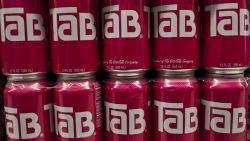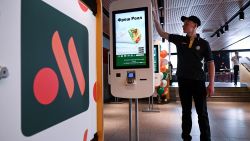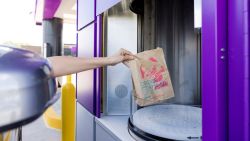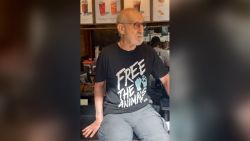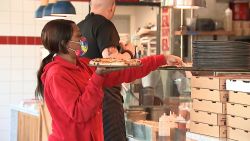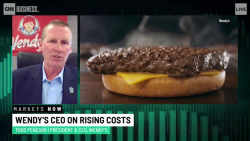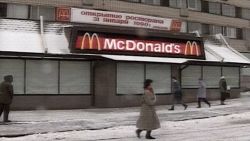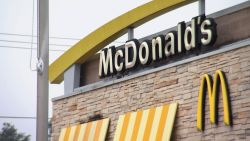Over the past year, Coca-Cola has experimented with bizarre, limited-time flavors and immersive online experiences. Now, it’s setting its sights on adding more varieties of cans, bottles and value packs to offer cash-strapped consumers more options — even if that ultimately means paying more for less.
“Package innovation takes a bigger role,” when shoppers are worried about spending, CEO James Quincey said Tuesday during an analyst call discussing third-quarter results. “We will be approaching ’23 with a broad innovation agenda, but with some slight weighting to packaging.”
For companies like Coke, offering more types of containers — particularly smaller ones — is a way to hold on to or draw in customers worried about spending, even as prices continue to increase.
“It’s about extending the price ladder,” Quincey said, “making sure the entry price point … becomes as low down in the price spectrum, the actual out-of-pocket, as possible.”
That’s especially important now, as Coca-Cola has seen consumers start to tighten their belts because of soaring prices.
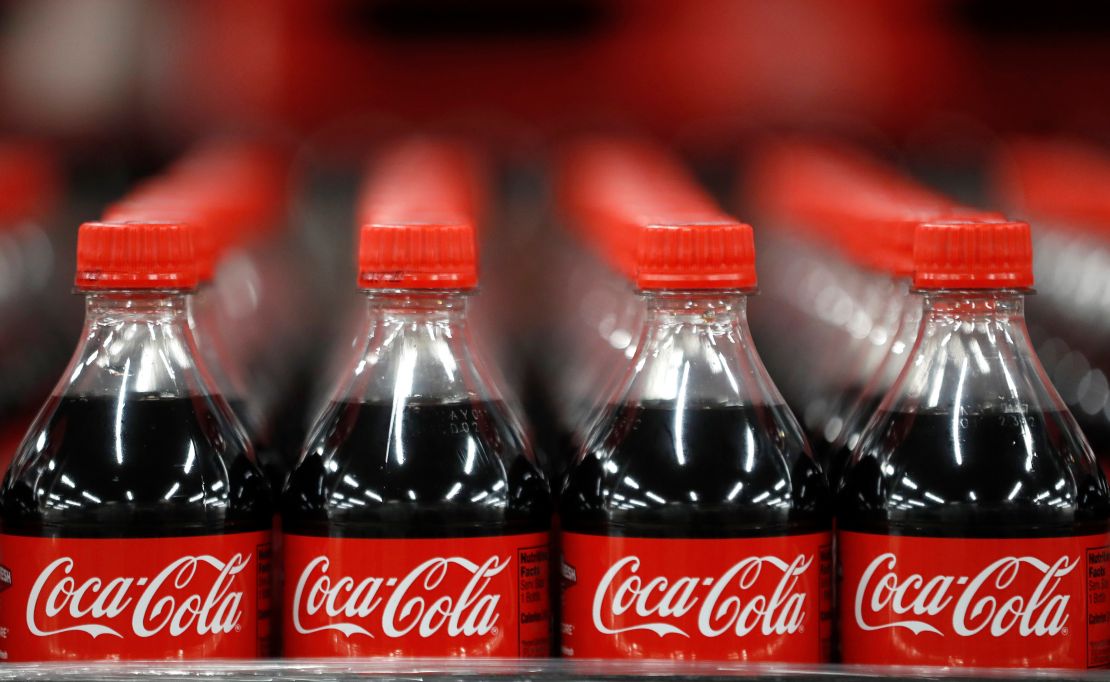
Some shoppers have started to spend less at the grocery store. “Therefore, the price point becomes even more important than the price per liter,” Quincey said. “That’s absolutely what we’re pursuing.”
In other words, even though customers may end up paying more per liter when they buy small packages, some are willing to make that trade to get a lower price because they cannot afford the higher priced item.
Coca-Cola (KO) has already been selling smaller containers and multi-packs with fewer cans. In the third quarter, the company introduced a value collection that offers customers products in a variety of sizes. Those items, available at some stores in the US, are “helping to retain and recruit more consumers while creating value for our customers,” Quincey said.
The CEO also pointed to returnable containers as another way of lowering costs, because consumers get some money back for returned bottles and cans.
Earlier this year, the company announced a goal to sell at least a quarter of all of its beverages worldwide in refillable or returnable containers by 2030. (Coca-Cola also recently announced a change to the look of Sprite bottles, ditching its signature green for clear plastic, which is easier to recycle.)
Those strategies could help offset the impact of higher prices on consumers. The company expects inflation and volatility in the commodities market to affect its own costs, and is likely to continue to raise prices.
“There’s going to be above normal input costs,” Quincey said on CNBC’s Squawk on the Street. “So we are expecting pricing to be ahead of normal next year on top of what’s happened this year. ”
The company is eyeing other changes as well, including adding “more premium options for those that still have plenty of disposable income,” Quincey said during the analyst call.
And it plans to continue to bolster Coke Zero Sugar, a growth driver, with more marketing and other innovations.
So far, Coca-Cola’s pricing and innovation strategy appears to be working. In the third quarter, the company’s net revenues jumped 10% to $1.1 billion.



